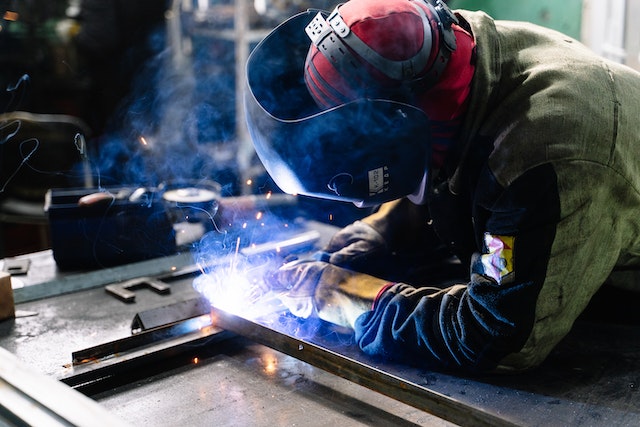November 8, 2022
The continuing deterioration of the EU economy following Russia’s invasion of Ukraine and the energy crisis is leading to a recession severely impacting industrial sectors. The steel market outlook has worsened for both the second half of 2022 and 2023, with steel demand receding more strongly than expected (-3.5% for this year and -1.9% for next year). Yet, imports penetration persists at historically high levels.
“All downside factors have remained in place and even exacerbated, especially skyrocketing energy prices, which lead to unbearable production costs. This has entailed a further cut in apparent steel consumption and a significant downward revision of steel-using sectors’ output in the EU for the remainder of this year and supposedly for the first half of next year”, said Axel Eggert, Director General of the European Steel Association (EUROFER). “Even more worrying is the persistent high level of distortive steel imports into the EU in such a context. We risk heading towards significant industrial capacity destruction in Europe, if emergency trade measures reflecting the precarious situation of some critical industries in Europe are not taken”, he added.
After the rebound experienced throughout 2021 (+16.3%) following the pandemic, in the second quarter of 2022 apparent steel consumption’s positive trend came to an end with a marked drop (-4.8%), down to 38.6 million tonnes. Negative performances are predicted to continue throughout 2022 and at least up to the first half of 2023, consolidating the prospect of a deeper-than-expected annual recession in apparent steel consumption this year (-3.5%, previously estimated at -1.7%) and also in the next (-1.9%). These would be the third and the fourth steel consumption recessions respectively in five years.
EU steel market overview
Weak demand strongly impacted domestic deliveries. They recorded a sharp decrease in the second quarter (-7.1%), confirming the negative trend started at the beginning of 2022 (-0.1%) and reversing 2021’s direction (+11.9%).
By contrast, imports into the EU continued to grow, although at a slower pace (+1.6%, after +28.5% in the first quarter), with import penetration persisting at historically high levels.
EU steel-using sectors
Steel-using sectors’ output proved to be more resilient than initially foreseen in the second quarter of 2022 (+5.7%), owing to the carry-over effect of the post-COVID rebound of 2021 (+8.4%). Favourable developments were observed in the construction, mechanical engineering and transport sectors, in particular automotive. This should secure growth for 2022 (+1.9%).
However, the increasing impact of the Russian aggression against Ukraine and the hike in energy prices are expected to weigh heavily during the end of 2022 up to the first quarter of 2023 at least. This has contributed to a downward revision of steel-using sectors’ output in 2023 (-0.9% compared to the previous +2.2%). This could be the second recession in Steel Weighted Industrial Production (SWIP) in ten years, after the one experienced in 2020 due to the pandemic.
Source: European Steel Association
Legal Notice: The information in this article is intended for information purposes only. It is not intended for professional information purposes specific to a person or an institution. Every institution has different requirements because of its own circumstances even though they bear a resemblance to each other. Consequently, it is your interest to consult on an expert before taking a decision based on information stated in this article and putting into practice. Neither Karen Audit nor related person or institutions are not responsible for any damages or losses that might occur in consequence of the use of the information in this article by private or formal, real or legal person and institutions.






